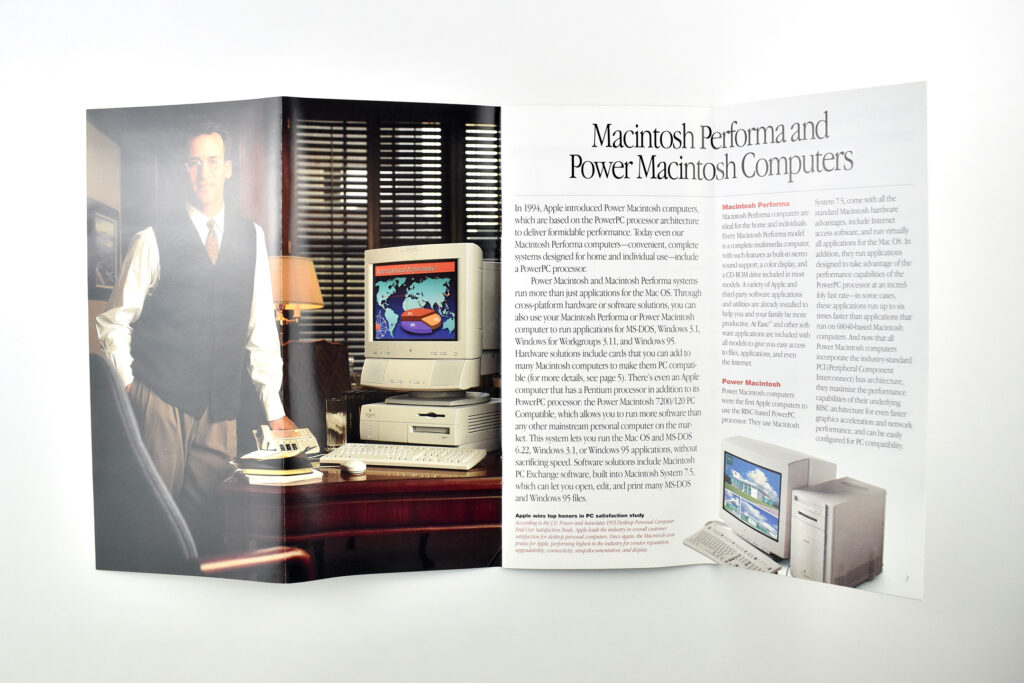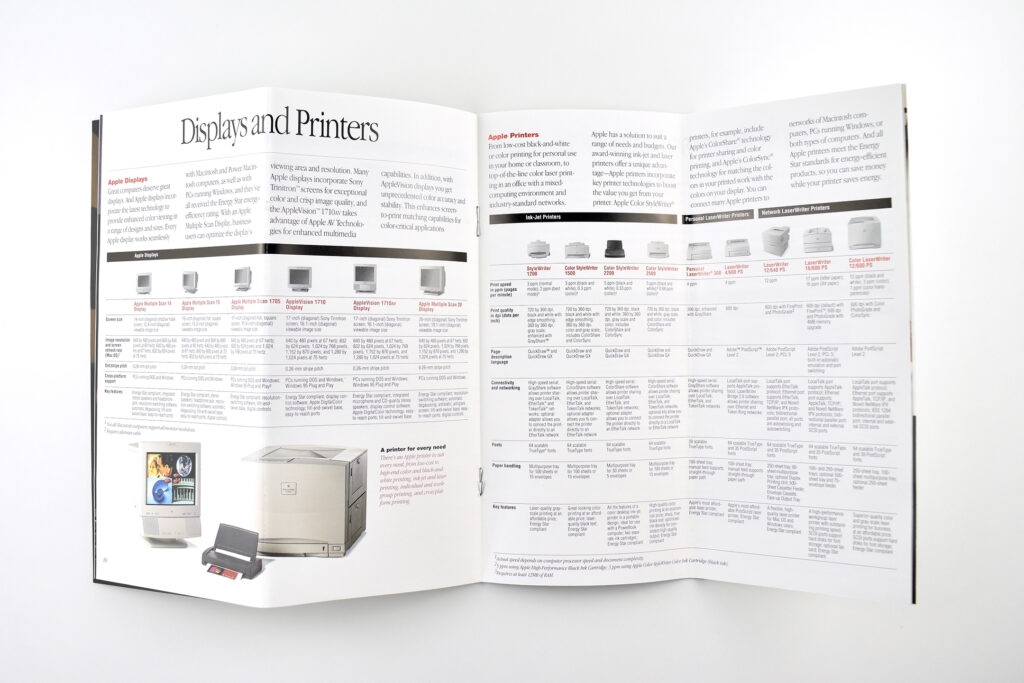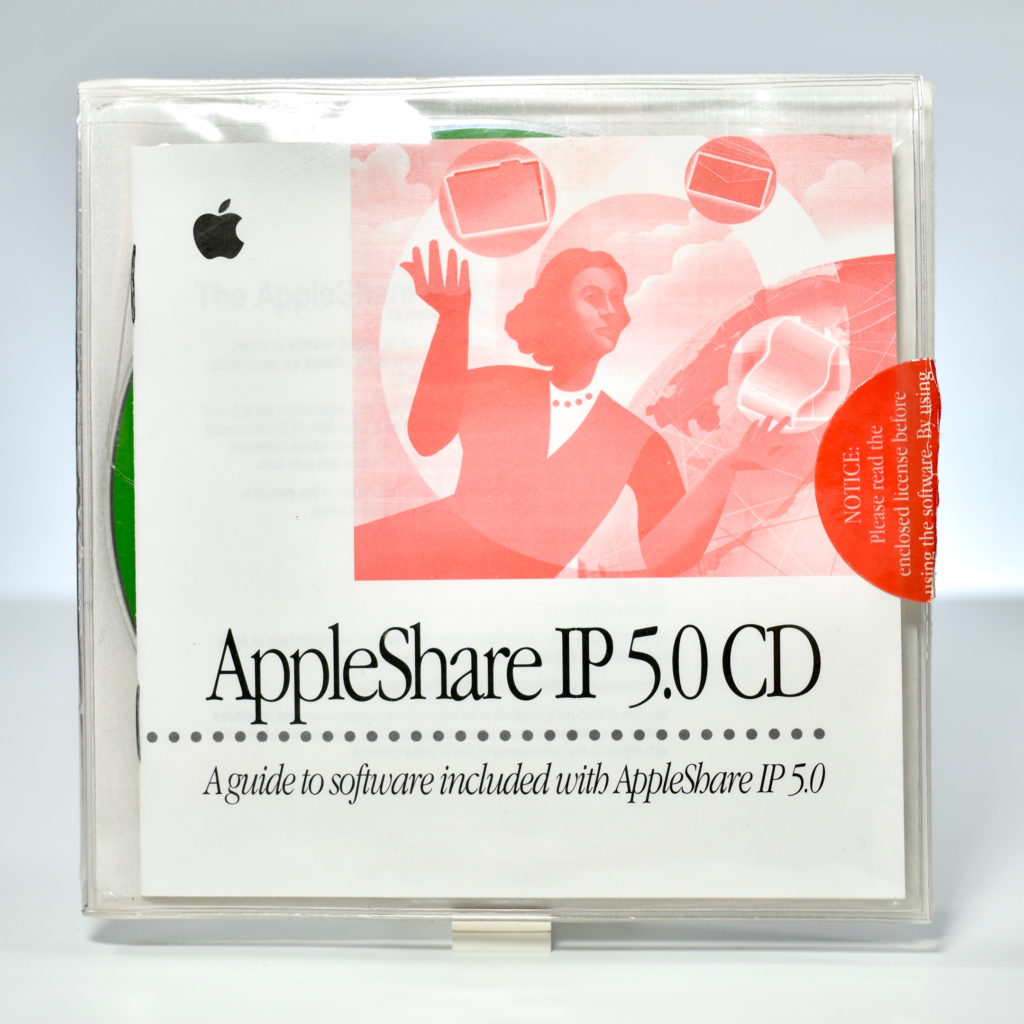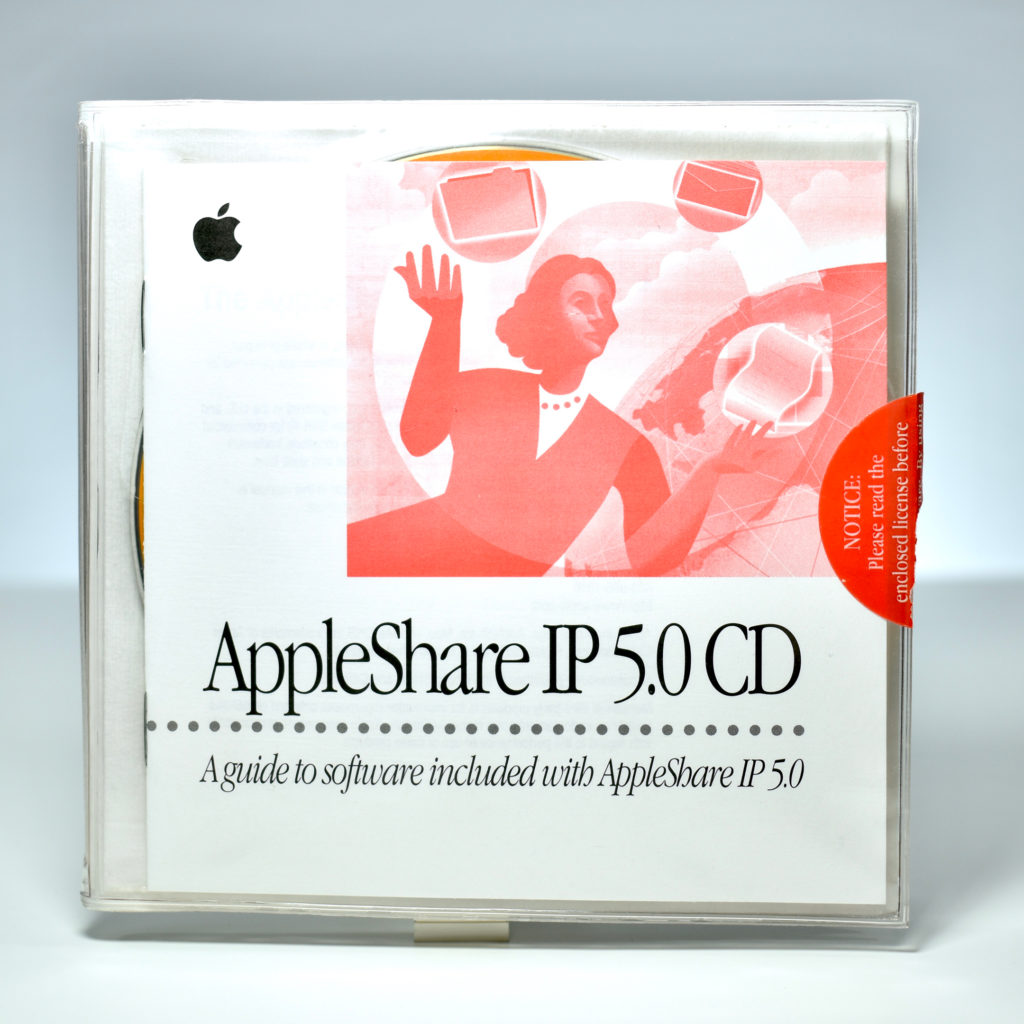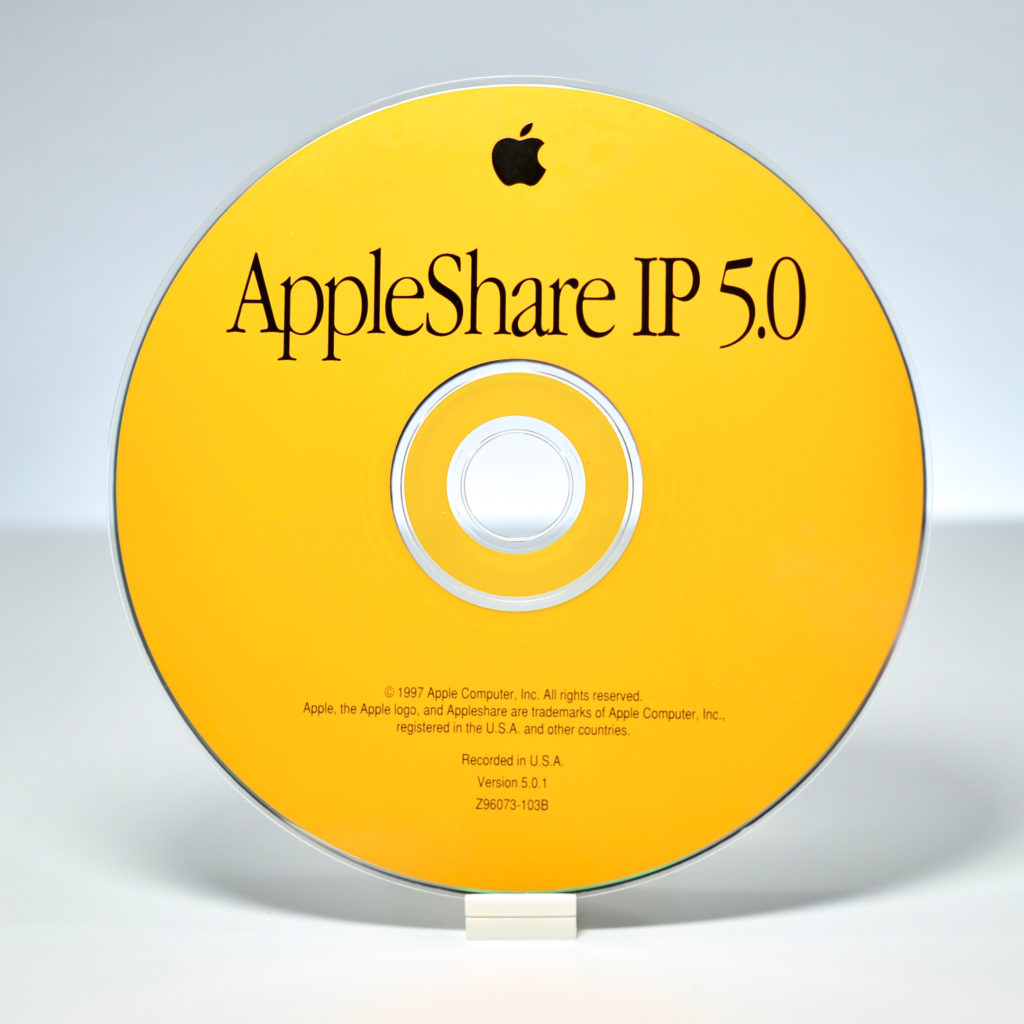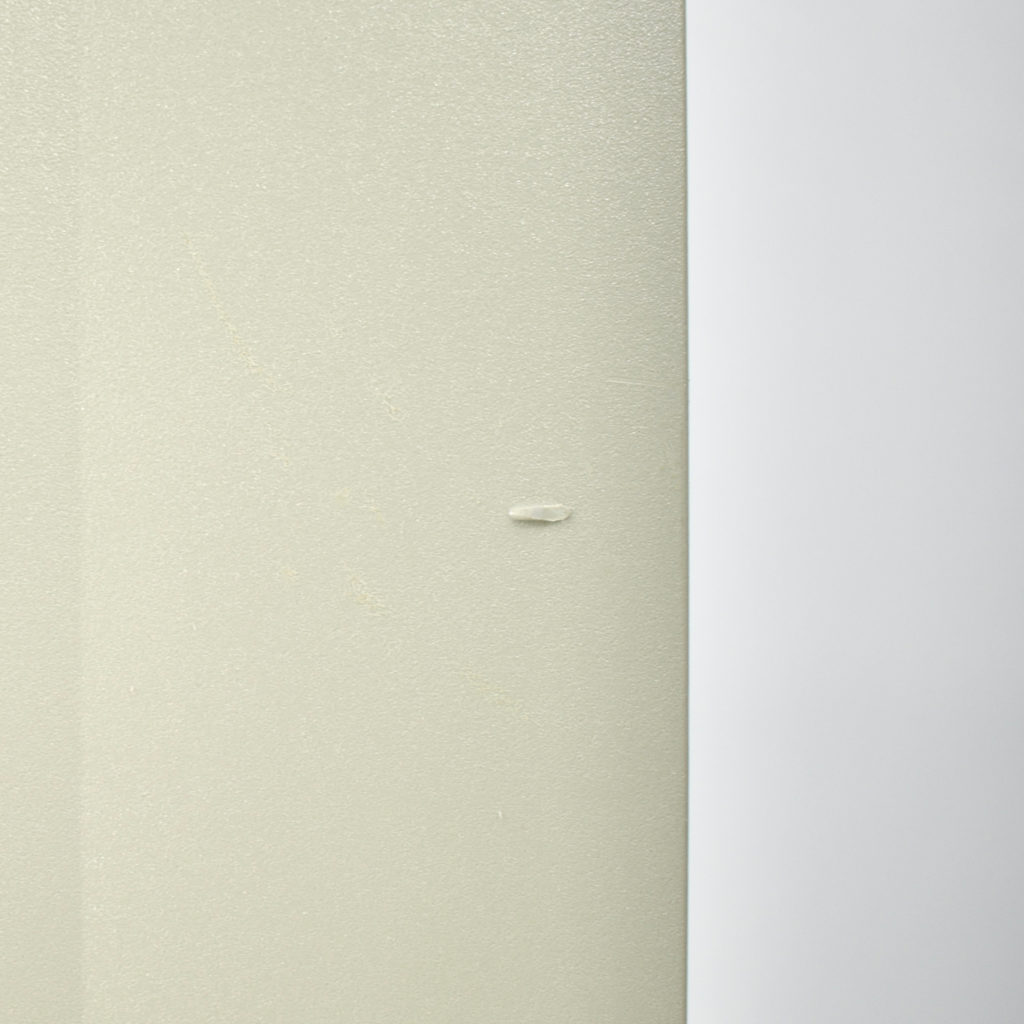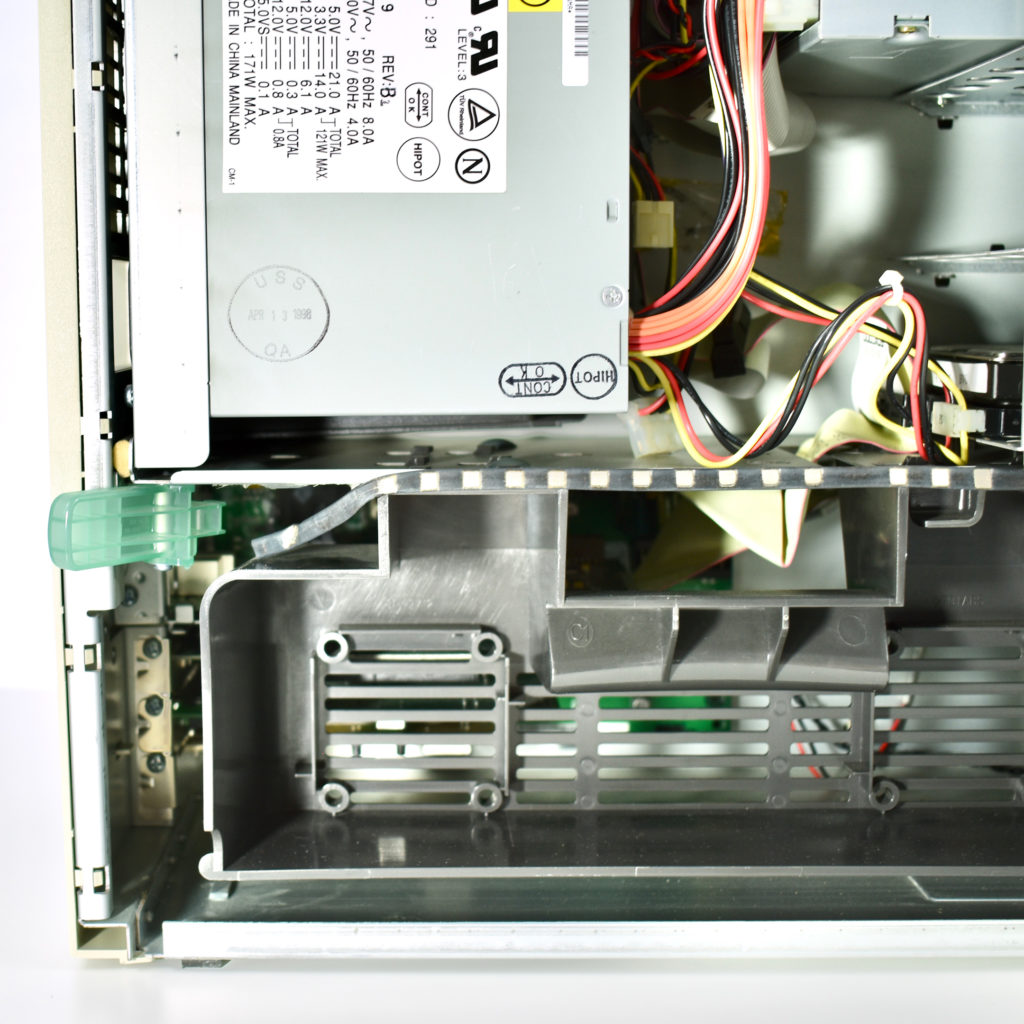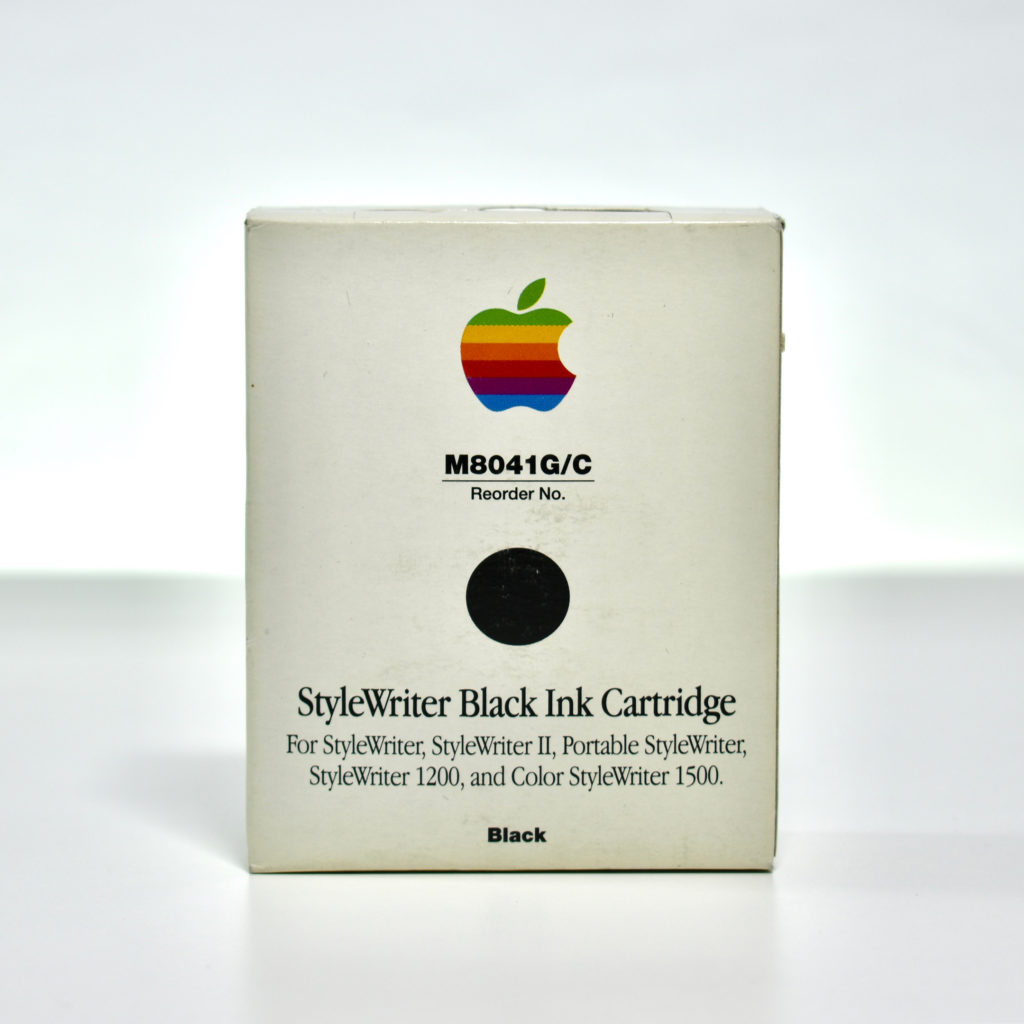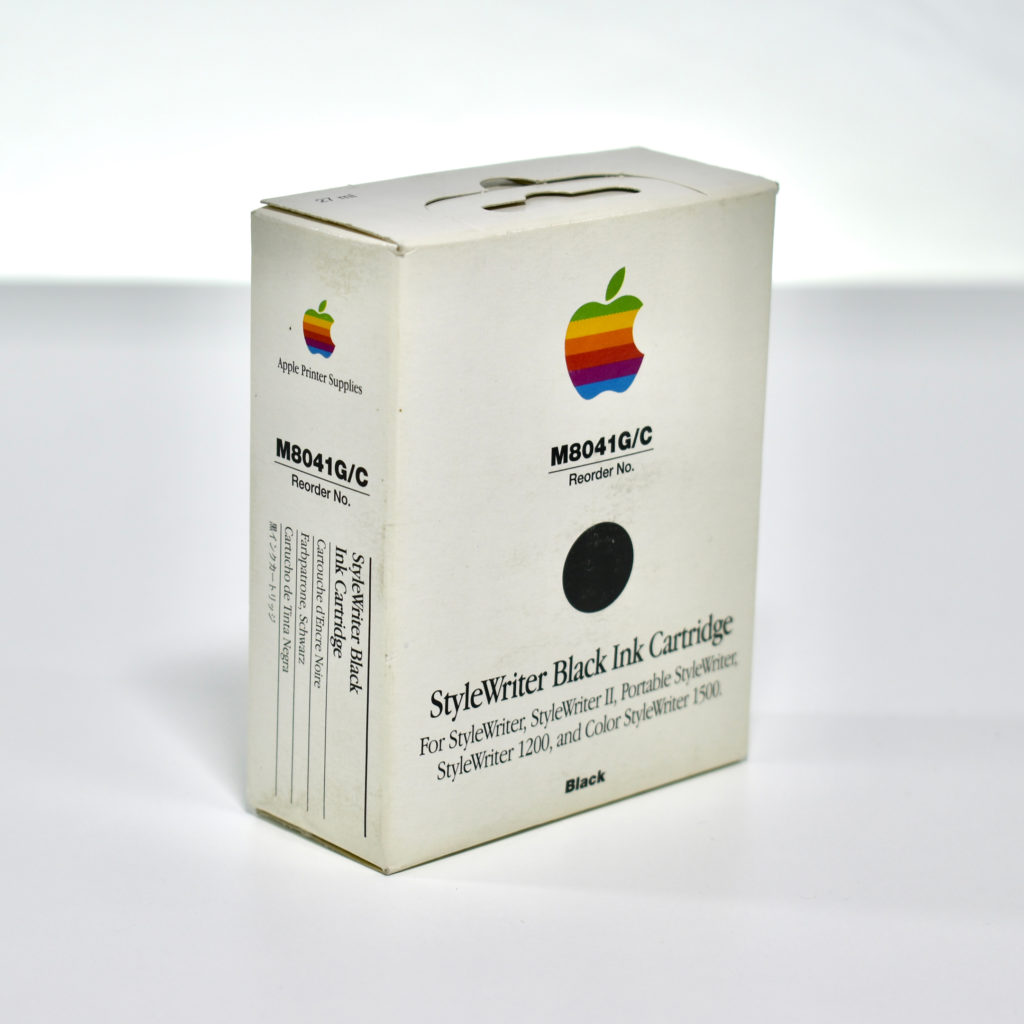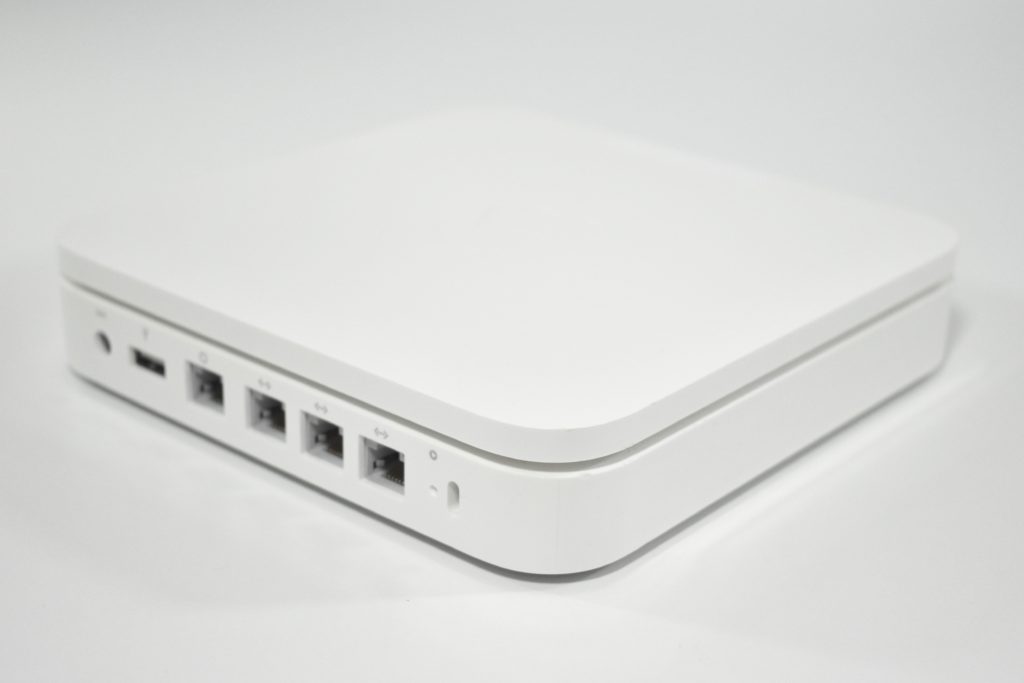This fold-out poster is from July 1993 and lists product names and feature grids of every Apple product available at the time. Its headline reads “Everything you need to know about Apple products” in Apple Garamond, Apple’s corporate font used between 1984 and 2003. Folded, the poster measures 8.5 x 11 inches—but it unfolds into 16 panels to reveal a 34-inch wide x 44-inch long poster (nearly 3 x 4 feet).
The poster is printed on one side and includes the following product categories:
- Macintosh Computers (25 options)
- PowerBook Computers (11 options)
- Displays (9 options)
- Printers (12 options)
- Networking
- Peripherals
The list of devices offered included separate devices with different names and configurations—creating a dizzying array of options for consumers.
I was able to unfold this poster, perhaps for the first time, carefully enough to provide a photo from above that offers high enough resolution to read most of the grids.
The poster is printed on heavy white paper (yellowing slightly with age), primarily with black ink and dark green accents.
Source: Apple


















